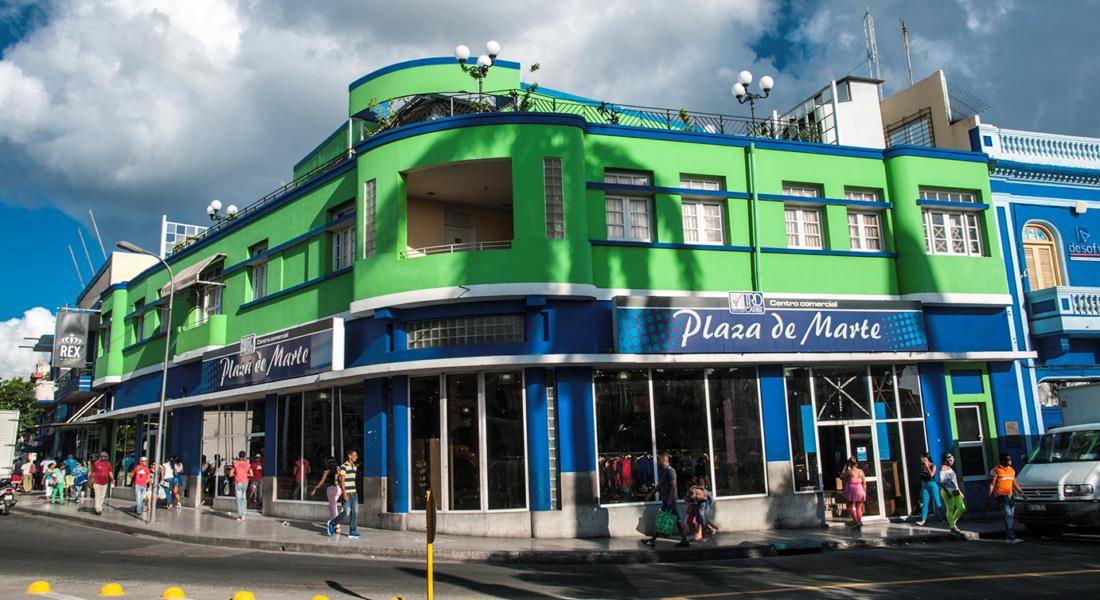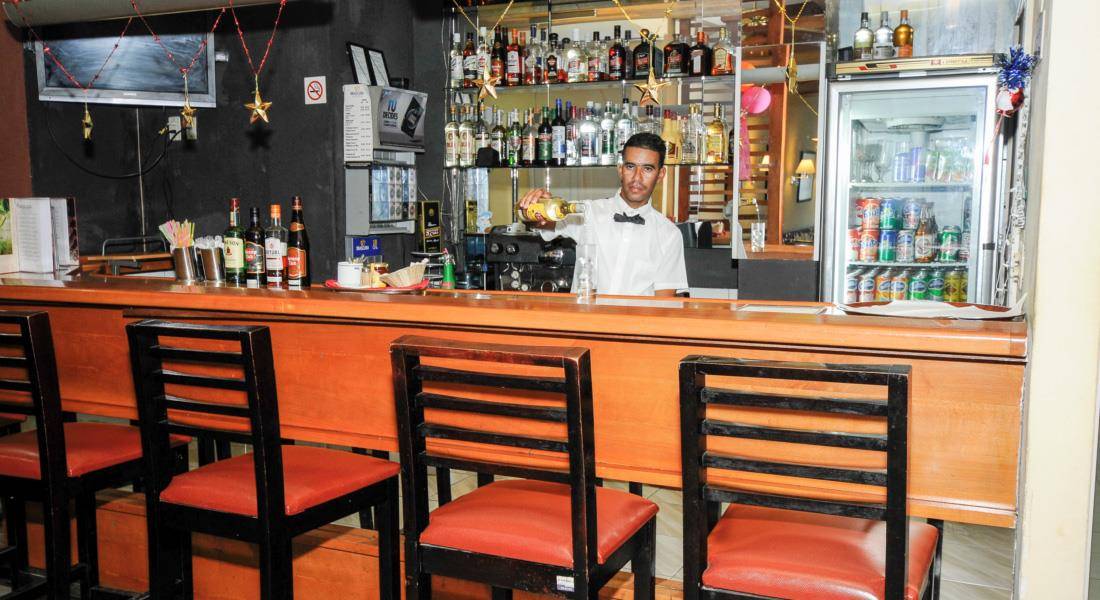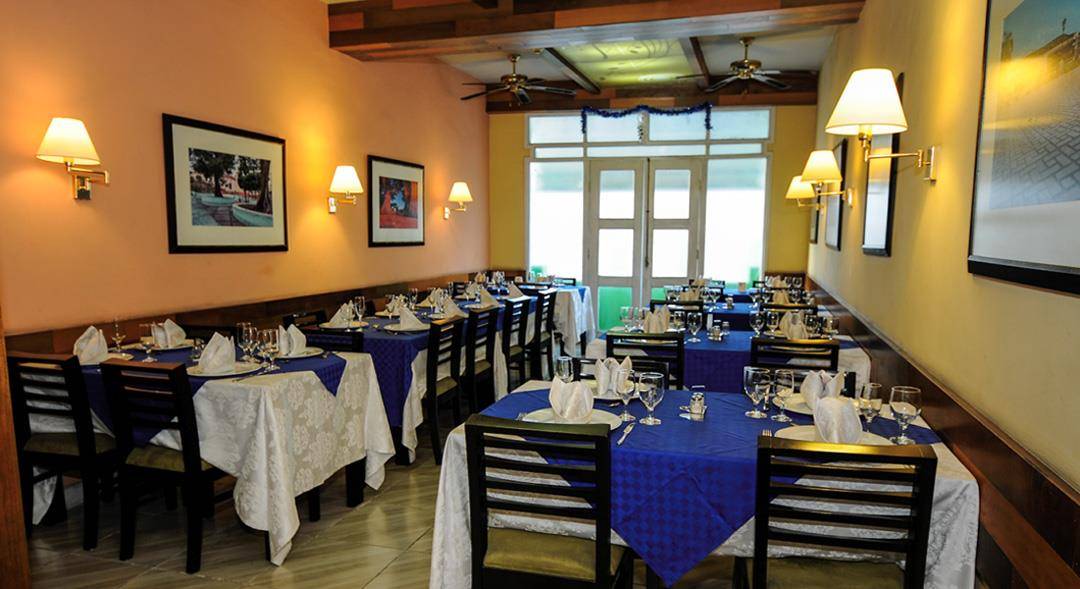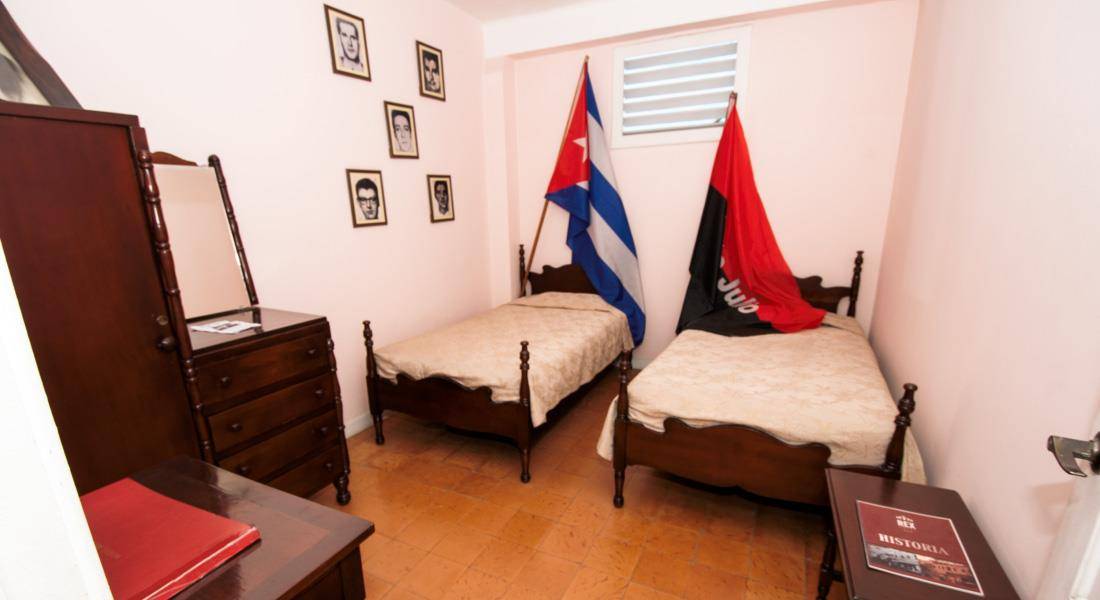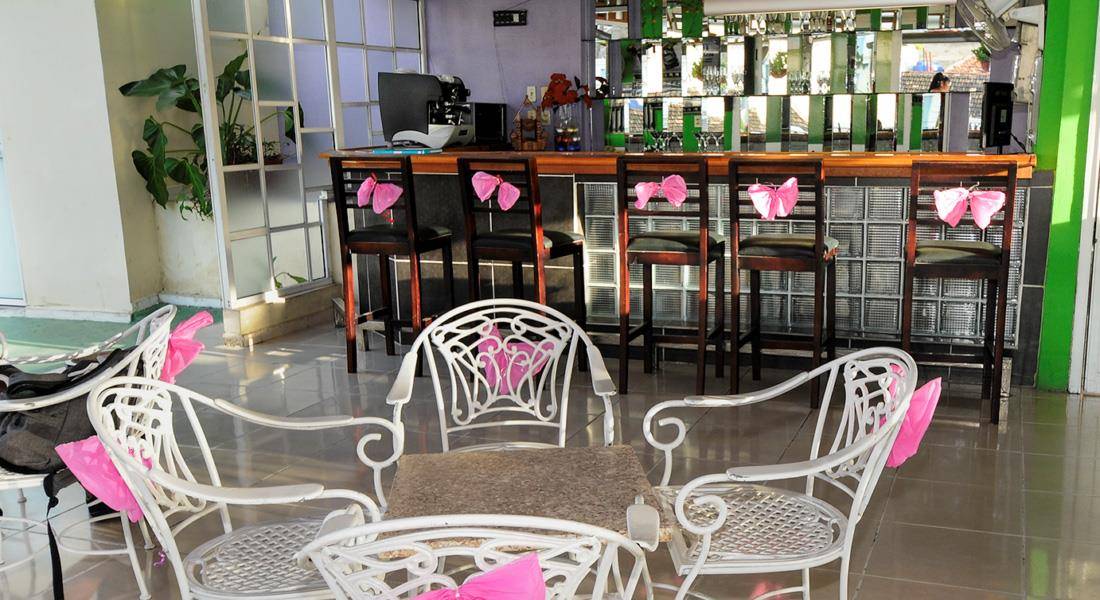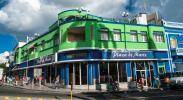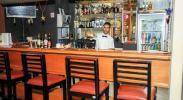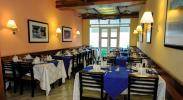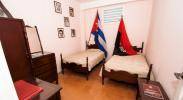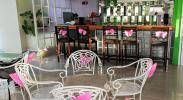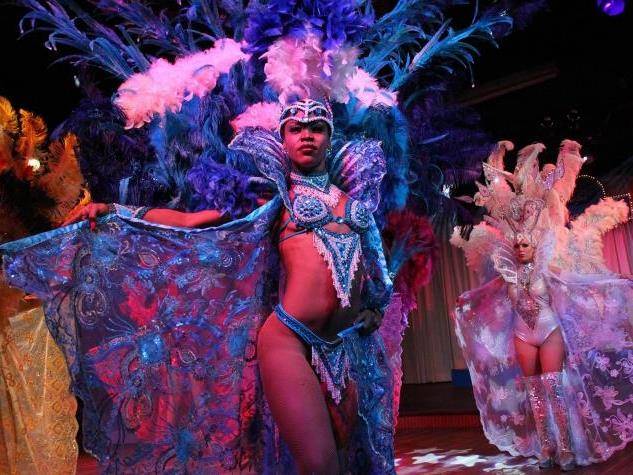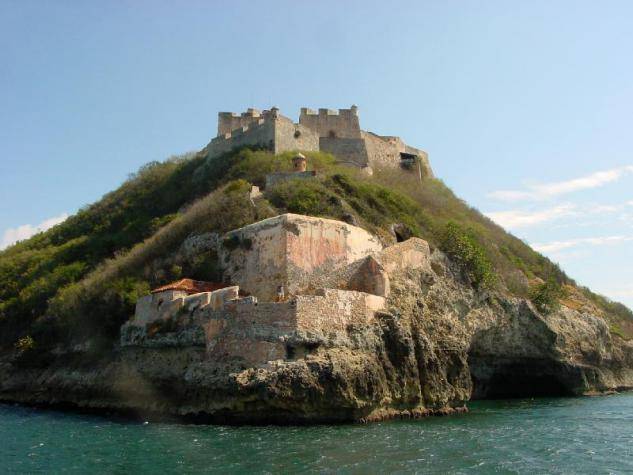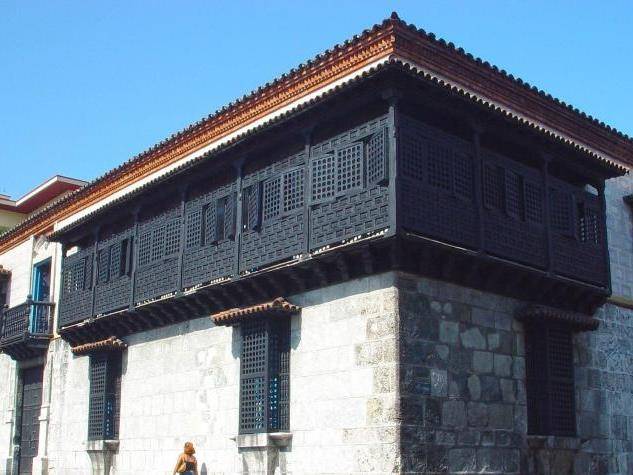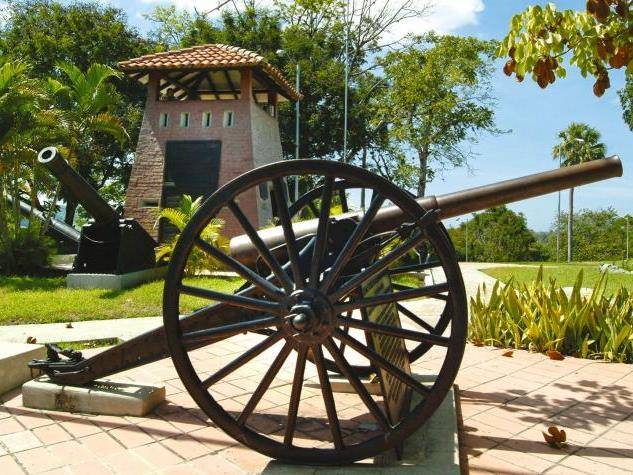
Loma de San Juan
Visit San Juan Historic Park, a place where it was developed an important battle of the North American-Cuban-Hispanic War, bringing the end to an era. At the helm of a brigade at this battle was a future president of the United States, Theodore Roosevelt. The Peace Tree (Árbol de la Paz) is the tree in which it was signed the surrender of Santiago de Cuba. In the San Juan Hill you can admire various monuments in memory of the numbered casualties in both sides in the battle developed in the surroundings of Santiago on the first of July 1898. You can witness sculptures to the Victorious Mambí, to the Unknown North American Soldier and to the Spaniard Soldier surrounded by a series of cannons and artillery objects decorating the place. This is the only place in Cuba with a monument to the American soldier. Furthermore, quite close to the hill, a ceiba tree named the Peace Tree (Árbol de la Paz) witnessed the surrender of the city, although nowadays just remains the trunk of this historic tree which fell few months after the centenary of the battle.

